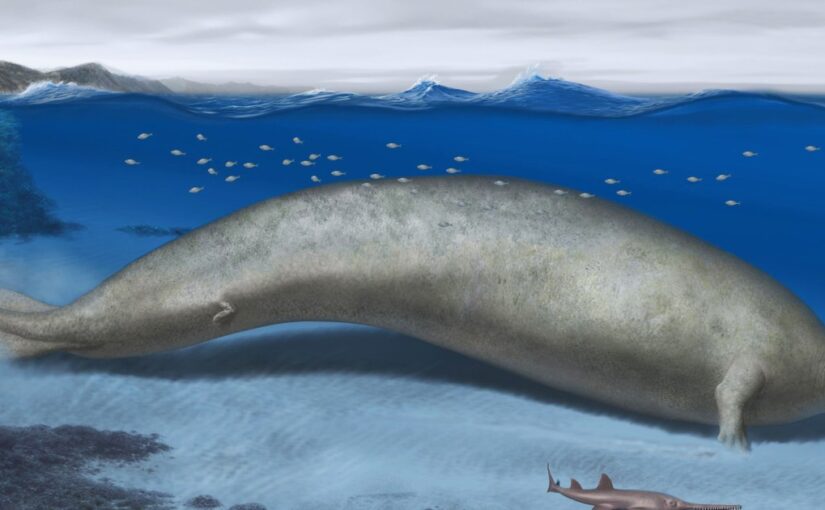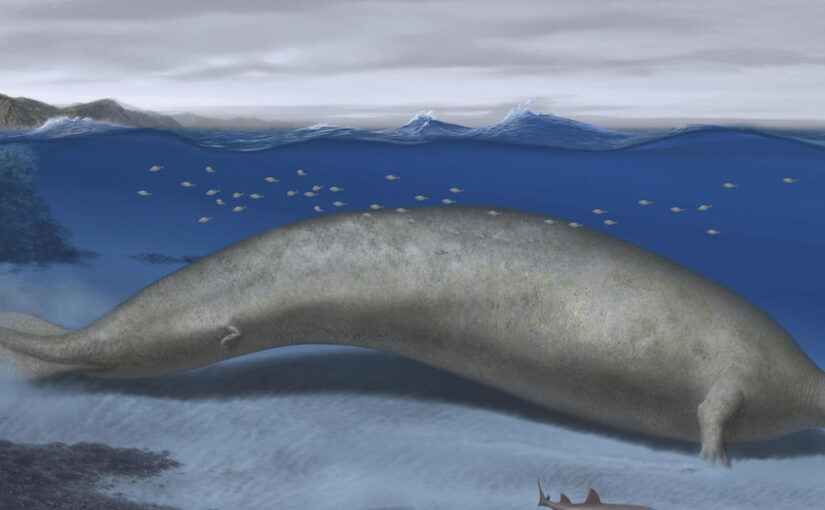Mar. 25—”Just this side of heaven is a place called Rainbow Bridge.”
For those not familiar with the poem, the rest of the words paint a picture of a peaceful place where pets that have passed are restored to health and watch over their owners on earth.
And if Rainbow Bridge had a spokesman, or rather a spokesdog, it’d likely be Max.
Peru resident Joe DeRozier remembers the first time he ever met Max, the floppy-eared Maltese with a big-dog attitude.
“My wife (Kathy) and I got married 13 years ago, and I had just lost my last dog a few years before that,” he said. “And she had a dog (Max) because she wanted a dog in the house. … So when I met Kathy, and it ended up being serious, it was a package deal. I got the dog too.”
It didn’t take long for Max to endear himself to DeRozier either, or for DeRozier to do the same with Max.
“I was his play buddy,” DeRozier said. “I was the one that was going to play with him and get him to do stuff. And of course, I was attached to him just like that, I mean, how could you not be?”
And that bond grew even deeper after Max’s accident in late 2022, DeRozier explained.
“We have a pond by our house,” he said. “Max always went out the back door and down the steps and over to use the bathroom while I’d be getting his meal ready. Then he’d just run back up the stairs and into the house again. But on that day when I looked back after fixing his meal, he wasn’t inside.”
He wasn’t on the outside steps either.
“So then I went to the porch, and I saw him running along the water,” DeRozier said. “He didn’t see well enough to be running along the water like that. So I went back inside to grab my shoes. And now when I think about it, I should have just taken off running. But I grabbed my shoes. And when I went back outside, he was gone.”
DeRozier then took off running toward the pond’s edge.
A few moments later, DeRozier spotted Max below the surface of the water.
It took awhile to pull Max out of the pond that day, and DeRozier said many vets told him it would be best to put Max down after that incident because he was likely “brain dead.”
But the dog pulled through, DeRozier said smiling.
And within two weeks, he was the same old Max.
It was also around that time DeRozier, who has written eight books, decided to create a Facebook group detailing Max’s recovery and his everyday life.
He titled the page, “Max-Man,” and it quickly garnered attention online.
But what made the page extra unique was everything told was from Max’s perspective.
Visitors to the page were able to hear Max talk about his interactions with his family and friends, and they were even able to wish the dog a happy 16{sup}th{/sup} birthday.
But then came November 2023.
“Hi everyone,” a post read on Nov. 28. “It’s me, your puppy Max. Thank you so much for all of the love you’ve given me. I love you too. I have to go now. I’m sorry. Don’t forget me, OK? I won’t ever forget you. Love always, your puppy Max.”
“Max had just gotten so bad,” DeRozier told the Tribune, remembering those days of confusion and fear last November. “He had pancreatitis. He had liver issues. He had dementia. He was on three different medications all the time because when he was recovering from the drowning, he started to suffer from canine cognitive disfunction (CCD). He also had been having strokes.
“And Max was such a mess,” DeRozier added. “He hadn’t slept for two days, and I hadn’t slept for two days because I was up with him.”
So DeRozier and his wife made the painful decision to have Max euthanized.
And that’s when DeRozier said Max’s ultimate mission began.
“After he died, I wrote a post from Max’s point of view obviously,” he said. “I told everyone how much I (writing as Max) loved them and would miss them. And then people responded. But they didn’t say, ‘Oh, I’m so sorry, Joe.’ They were saying, ‘Oh, Max, we love you and will miss you so much.'”
So after about a week, DeRozier said he had an idea.
“I just went ahead and made Max the spokesperson for Rainbow Bridge,” he said, smiling through his tears. “And people love it. So he’s at the bridge now, and he’s happy. He’s making new friends. Because that’s the thing. There’s a lot of people on there whose pets have passed, and everybody always wants to know that their pet is OK.”
DeRozier said the posts have become his therapy, but he also hopes they are also therapy for those who read them.
Because visitors to the site aren’t just reading Max’s adventures.
It’s become a completely interactive experience for the 1,300 followers to the group.
“People write on there and ask Max to find their own pets up there at the Rainbow Bridge,” DeRozier said. “And they aren’t talking to me. They’re talking directly to Max. They want Max to be the messenger.”
So he is.
And in DeRozier’s weekly posts, Max and those other animals enjoy big meals together, movie dates and playing endless games of fetch.
But their favorite activity, DeRozier believes, are the visits.
“Max writes that every night before they fall asleep, they all talk about their mommies and daddies and how they each had the best ones,” he said. “And then as a pack, they all come down and visit their mommies and daddies and let them know they’re all right.”
“Yes, I know people know it’s not real, but they still need it because it makes them feel better,” DeRozier added. “It makes them feel like it’s OK to be sad. It’s OK to grieve. It’s OK to miss them. We’re all going through something together. There are people that write to Max and say they lost their pets 10 years ago, and they still think about them all the time. Then they want Max to go find them and tell them that.”
And perhaps that’s the true success behind the “Max-Man” page, DeRozier confessed.
People just want to know that their beloved pet will never be forgotten.
“In my mind, Max was given a job by God to do this,” DeRozier said. “That’s how I think. That’s how I have to think. If I were to think about it another way, I’d have to say that he was gone. And this way, he’s not really gone. He’s still here, and he’s doing great things. Whoever created the Rainbow Bridge did (that) so we can all feel better. And this is just a continuation of that. This is just giving us messages from there.”








